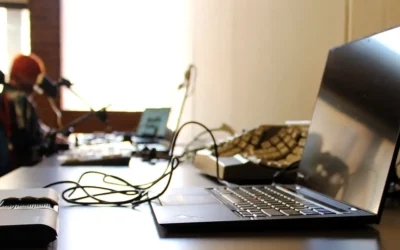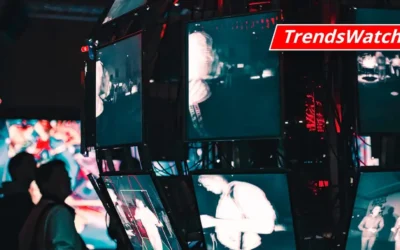Unpaid Internships: A Reason to DEAI the Museum Budget

Rachael Cristine Woody
In reviewing the presentations and writing on museum unpaid internships over the last five years we can see that sentiment on unpaid internships are shifting from necessary evil to just plain evil. The salient points of recent coverage can be summed up in the following list:
Unpaid internships are…
- Common
- Necessary for new professionals to gain experience
- A necessity for many under-resourced museums to get projects done
- A financial burden to interns
- An inherently inequitable mechanism to limit diversity within the field
- An antiquated construct
- Unethical
These statements aren’t mutually exclusive and therein lies the reason why unpaid internships are such a tricky issue to tackle. Museums need interns to help with work, but they appear to lack the resources to pay them. New professionals need internships to gain experience, but the financial burden to do so is too crippling for many to undertake.
What are the Resources on Unpaid Internships?
The American Alliance of Museums (AAM) has a webpage entitled: Resources for the Museum Industry to Discuss the Issue of Unpaid Internships. Resources to discuss. Not resources to teach museums how to make systematic change. The AAM resources on this page date from 2013 to 2016 with the culmination of discussion to place across several sessions held at AAM 2016. No definitive answers came out of the annual conference, but the conversation has continued among museum professionals. Earlier this year the Art + Museum group created an Internship Spreadsheet that (as of November 23, 2019) has 394 entries. Of these 394 entries only 136 (35%) of those internships included any approximation of regular pay from the museum, and many were minimum wage or lower (presented as a stipend).
Note: While AAM has no definitive answers to this problem, they do have a post with an impressive gathering of stats and literature to help bolster your paid internship advocacy efforts.
Some Examples of Change
While there’s now comprehensive answer to this problem (yet), there are some encouraging examples of museum professionals making change happen.
The Association of Art Museum Directors (AAMD): On June 20, 2019, the AAMD published a press release stating that paid internships were essential for “increasing access and equity for the museum profession”; and therefore all art museum internships should be paid.
The Phillips Collection: In Fall 2018 the Phillips Collection hosted their first cycle of paid internships. In an AAM post explaining their shift to paid internships, Phillips staff point to their commitment to Diversity, Equity, Accessibility, and Inclusion (DEAI) as the reason why paid internships were a prioritized part of their program.
Make the Budget DEAI-Focused
While Phillips staff don’t explain how they found (and continue to find) the money to pay their interns it can be intuited that their reprioritization to be DEAI-focused included the reprioritization of their budget. It’s not that museums don’t have money, it’s that museums aren’t currently prioritizing their budget to include paid internships. If museums continue to fail at creating paid opportunities then they also continue to fail at their commitment to DEAI.
Conclusion
No one has this figured out yet and it is a complicated issue that extends well beyond the museum field. However, museums (and we as museum professionals) have a responsibility to start making changes toward more ethical labor practices. There are already positive examples of how museums are tackling the paid internship quandary – we should follow their lead and get to work.

Rachael Cristine Woody
Consultant, author, and blogger Rachael Cristine Woody advises on museum strategies, collections management, grant writing and the future of museums for a wide variety of clients. Learn about Lucidea’s Argus solution for museum collections management and download your free copy of Rachael’s book from Lucidea Press, How to Select, Buy, and Use a Museum CMS.
Similar Posts
Museum Collections Online with Accessibility Principle 2: Operable
Compliance with WCAG Version 2.1 Principle 2: Operable
Museum Collections Online with Accessibility Principle 1: Perceivable
Compliance with WCAG Version 2.1 Principle 1: Perceivable, affecting information published from museum CMS to an online portal; expert guidance
Accessibility Standards for Museum Collections Online
A museum’s compliance with the ADA Title II 2024 update has benefits for its online content and for the museum’s community of users.
Museum TrendsWatch 2024: Digital Twins and Doom Loops & Combatting the Loneliness Crisis
Digital Twins is the construction of a digital surrogate for a person, place, or thing—one of several new concepts and trends in the museum sector.




Leave a Comment
Comments are reviewed and must adhere to our comments policy.
0 Comments